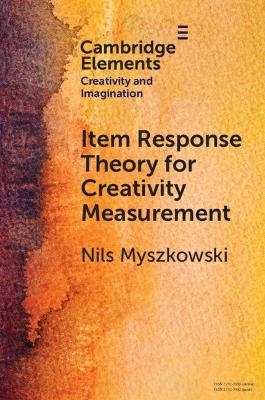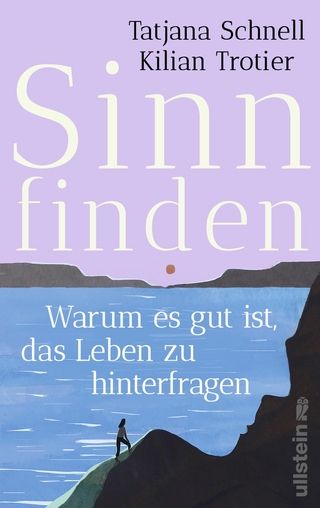
Item Response Theory for Creativity Measurement
Seiten
2024
Cambridge University Press (Verlag)
978-1-009-23900-4 (ISBN)
Cambridge University Press (Verlag)
978-1-009-23900-4 (ISBN)
This Element aims to provide an overview of classical test theory, an introduction to IRT and its core concepts, a practical strategic approach to IRT modeling, example applications of this strategy from creativity research and the associated advantages and ideas for future work.
Item-response theory (IRT) represents a key advance in measurement theory. Yet, it is largely absent from curricula, textbooks and popular statistical software, and often introduced through a subset of models. This Element, intended for creativity and innovation researchers, researchers-in-training, and anyone interested in how individual creativity might be measured, aims to provide 1) an overview of classical test theory (CTT) and its shortcomings in creativity measurement situations (e.g., fluency scores, consensual assessment technique, etc.); 2) an introduction to IRT and its core concepts, using a broad view of IRT that notably sees CTT models as particular cases of IRT; 3) a practical strategic approach to IRT modeling; 4) example applications of this strategy from creativity research and the associated advantages; and 5) ideas for future work that could advance how IRT could better benefit creativity research, as well as connections with other popular frameworks.
Item-response theory (IRT) represents a key advance in measurement theory. Yet, it is largely absent from curricula, textbooks and popular statistical software, and often introduced through a subset of models. This Element, intended for creativity and innovation researchers, researchers-in-training, and anyone interested in how individual creativity might be measured, aims to provide 1) an overview of classical test theory (CTT) and its shortcomings in creativity measurement situations (e.g., fluency scores, consensual assessment technique, etc.); 2) an introduction to IRT and its core concepts, using a broad view of IRT that notably sees CTT models as particular cases of IRT; 3) a practical strategic approach to IRT modeling; 4) example applications of this strategy from creativity research and the associated advantages; and 5) ideas for future work that could advance how IRT could better benefit creativity research, as well as connections with other popular frameworks.
1. Introduction; 2. Item-response theory; 3. Building a modeling strategy; 4. Example applications; 5. Future uses of IRT in creativity research; 6. Conclusion; References.
| Erscheinungsdatum | 02.03.2024 |
|---|---|
| Reihe/Serie | Elements in Creativity and Imagination |
| Zusatzinfo | Worked examples or Exercises |
| Verlagsort | Cambridge |
| Sprache | englisch |
| Themenwelt | Geisteswissenschaften ► Psychologie ► Test in der Psychologie |
| Naturwissenschaften | |
| ISBN-10 | 1-009-23900-7 / 1009239007 |
| ISBN-13 | 978-1-009-23900-4 / 9781009239004 |
| Zustand | Neuware |
| Haben Sie eine Frage zum Produkt? |
Mehr entdecken
aus dem Bereich
aus dem Bereich
Buch | Softcover (2023)
Springer (Verlag)
44,99 €
warum es gut ist, das Leben zu hinterfragen
Buch | Hardcover (2024)
Ullstein Buchverlage
24,99 €


